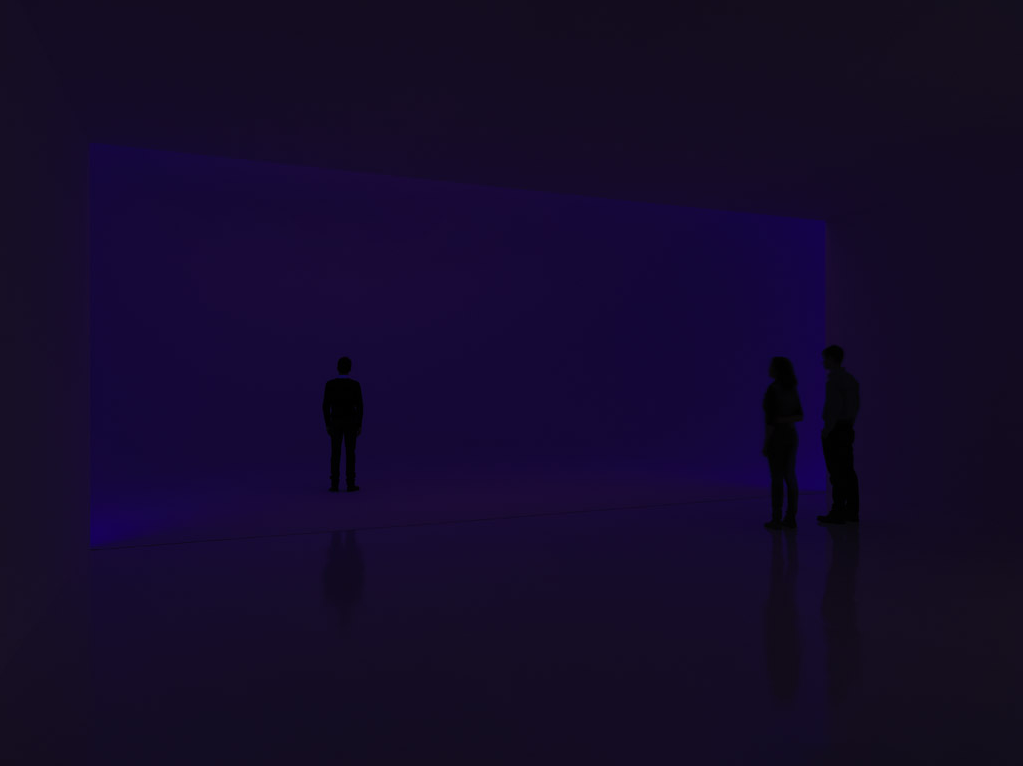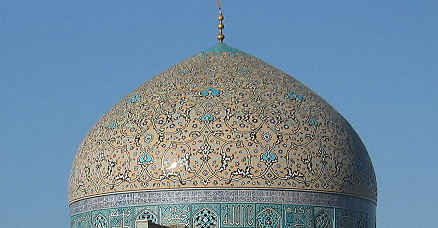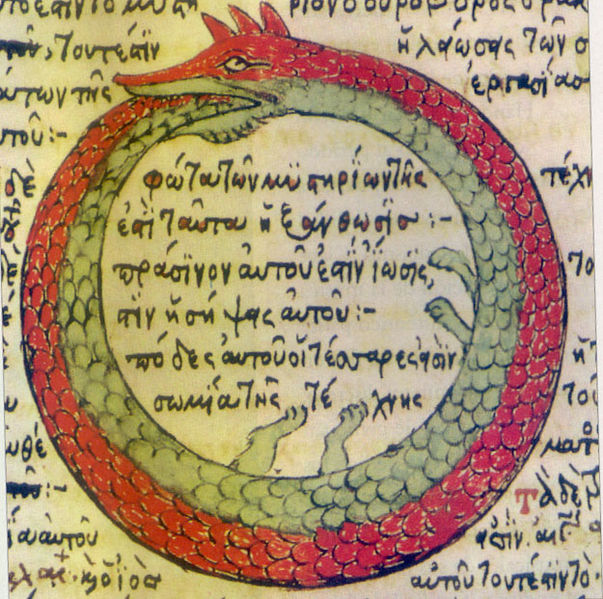Image Album: Visualizations of Infinity

"Infinity Environment," an art piece by Doug Wheeler on display at the David Zwirner Gallery in New York, conveys a sense of infinite space. Image by Tim Nighswander/IMAGING4ART, courtesy of David Zwirner, New York © 2012 Doug Wheeler

Image by Tim Nighswander/IMAGING4ART, courtesy of David Zwirner, New York © 2012 Doug Wheeler

The color of lighting in the "Infinity Environment" gradually changes over the course of half an hour. Image by Tim Nighswander/IMAGING4ART, courtesy of David Zwirner, New York © 2012 Doug Wheeler

Islamic art often makes use of repeated elements, such as geometrical floral or vegetal designs. Known as arabesques, these patterns symbolize the transcendent, indivisible and infinite nature of God. One theory, though it is disputed, holds that artists intentionally introduced mistakes in arabesques as a show of humility; the idea is that only God can produce perfection.Pictured here is the ceiling of the Sheikh Lotfallah Mosque in Isfahan, Iran, built in the 17th century. Credit: Creative Commons | Koohkan

The roof of the Sheikh Lotfallah Mosque in Isfahan, Iran, built in the 17th century. The elaborate repeating pattern with which it is decorated represents infinity. Islamic philosophers equated the concept with God. Credit: Creative Commons | Nicolas Hadjisavvas
bubble universes

This artist's impression is a visualization of the multiverse, a hypothetical, infinitely large expanse that (if it exists) contains infinitely many bubble universes, one of which is our own. Quantum fluctuations at the moment that each bubble universe inflated cause each one to take on different values of the fundamental constants. Thus they have wildly different properties.

One of the oldest conceptions of infinity, originating in Egypt, couched it as a serpent or dragon eating its own tail. The creature, named Ouroboros, symbolized the cyclic nature of life, and the notion that this cycle continues forever. One theory holds that the modern-day infinity symbol, a sideways figure eight, is derived from Ouroboros.This (public domain) image shows a drawing of Ouroboros by Theodoros Pelecanos, in his alchemical tract titled Synosius (1478).
Get the world’s most fascinating discoveries delivered straight to your inbox.

This famous Ouroboros drawing appeared in an early alchemical text called "The Chrysopoeia of Cleopatra," dating to 2nd century in Alexandria, Egypt. The serpent Ouroboros encloses the words "hen to pan," meaning "one is the all." The black and white halves of the serpent represent the duality of existence.Public domain image.

This is a partial view of the Mandelbrot set an infinitely complex two-dimensional structure that represents the solution to an equation. When you zoom in on the edge of the structure, it never ceases to appear complicated. This is the case because the Mandelbrot set doesn't have a finite edge, but rather an infinitely twisting and turning one. The edge of the structure is also "self-similar," meaning that the same shapes and patterns appear at every level of magnification.Credit: Creative Commons | Wolfgangbeyer

Zoomed-in image of the section of the Mandelbrot set that was boxed in the prior image. With its unending complexity, the Mandelbrot set is one mathematical visualization of infinity. Credit: Creative Commons | Wolfgangbeyer

Zoomed-in image of the section of the Mandelbrot set that was boxed in the prior image. Credit: Creative Commons | Wolfgangbeyer
Natalie Wolchover was a staff writer for Live Science from 2010 to 2012 and is currently a senior physics writer and editor for Quanta Magazine. She holds a bachelor's degree in physics from Tufts University and has studied physics at the University of California, Berkeley. Along with the staff of Quanta, Wolchover won the 2022 Pulitzer Prize for explanatory writing for her work on the building of the James Webb Space Telescope. Her work has also appeared in the The Best American Science and Nature Writing and The Best Writing on Mathematics, Nature, The New Yorker and Popular Science. She was the 2016 winner of the Evert Clark/Seth Payne Award, an annual prize for young science journalists, as well as the winner of the 2017 Science Communication Award for the American Institute of Physics.



